-
アジフライ
Ajifurai is breaded and deep-fried horse mackerel. It features a crispy coating and fluffy interior, and tastes especially amazing near the port.

-
甘酒
Amazake is a naturally sweet drink made from fermented rice. Despite the name, many versions are non-alcoholic and it’s known as a “drinkable IV” for its nutrients.

-
泡盛
Awamori is a distilled spirit unique to Okinawa, fermented with black koji mold. It has a high alcohol content and is often aged into “kusu,” or old liquor. It can be enjoyed on the rocks, with water, or in cocktails.

-
あん肝
Ankimo is steamed monkfish liver, known as the “foie gras of the sea” for its rich flavor and creamy texture. It is often enjoyed as a sake appetizer.

-
餡子
Anko is a traditional Japanese sweet paste made from boiled red beans. Used in wagashi, bread, ice cream, and more, it’s known for its natural sweetness. There are two types: smooth “koshian” and chunky “tsubuan.”
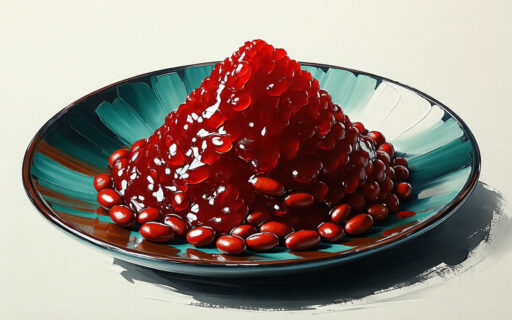
-
ウツボの唐揚げ
Utsubo no Karaage is a local dish from Kochi Prefecture, made by frying moray eel. Despite its fearsome appearance, it has fragrant crispy skin and tender, springy white flesh.

-
梅干し
Umeboshi are Japanese pickled plums, widely eaten with rice or used in onigiri. Known for their intense sourness and saltiness, they are also valued for preservation and refreshment.
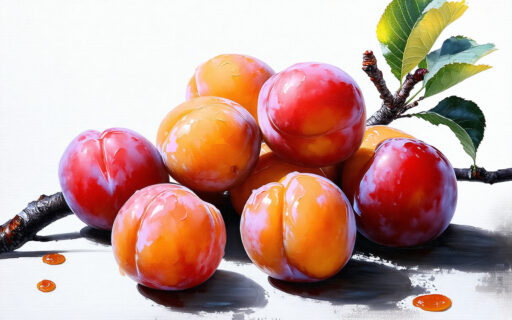
-
枝豆
Edamame are young soybeans harvested before full maturity and typically boiled in salted water. Unlike tofu, natto, or kinako—which are all made from mature soybeans—edamame are enjoyed as a fresh, lightly sweet, and tender snack.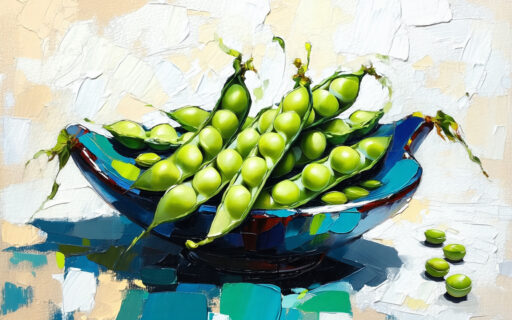
-
お吸い物
Osuimono is a traditional Japanese clear broth soup made from dashi. It consists of three components: “tane” (main ingredient), “tsuma” (supporting ingredient), and “suikuchi” (aromatic garnish), offering a refined, delicate flavor.
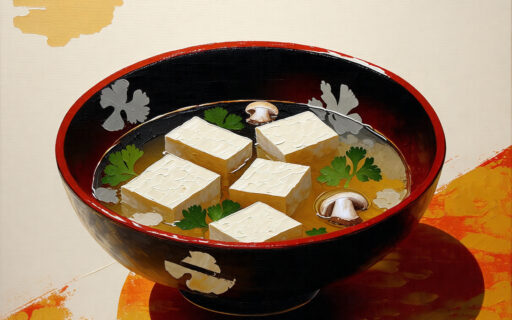
-
おでん
A classic Japanese winter stew with a gentle soy-based broth. Ingredients include daikon radish, boiled eggs, konjac, and fish cakes, simmered for hours. Flavors vary between eastern and western Japan.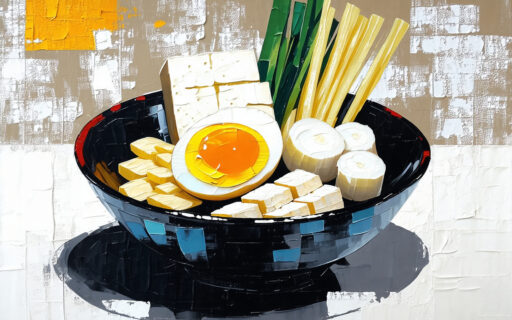
-
牡蠣
Japanese oysters are harvested nationwide, with Hiroshima and Akkeshi being especially famous. Enjoyed raw, grilled, or fried, they are known for their rich, milky flavor.
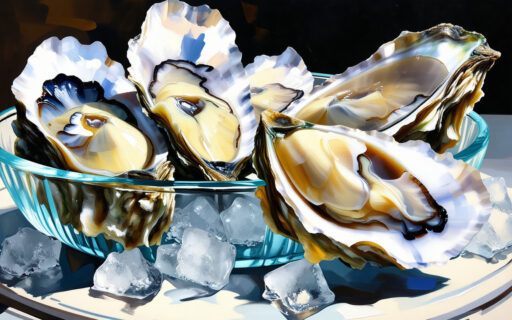
-
かき氷
Kakigoori is a Japanese summer dessert made of shaved ice topped with syrup and other ingredients. Many specialty shops use natural ice, known for its fluffy texture.

-
カツオのたたき
Katsuo no tataki is seared bonito sashimi and a specialty of Kochi Prefecture. Also called “Tosa-zukuri,” the straw-seared version is especially aromatic and flavorful.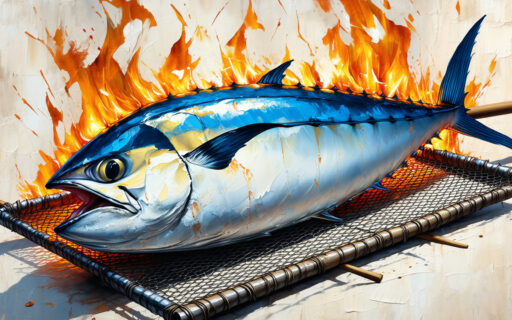
-
唐揚げ
Karaage is a popular Japanese frying method where ingredients are marinated, coated with flour or starch, and deep-fried. It usually refers to chicken but can also be made with fish or vegetables.
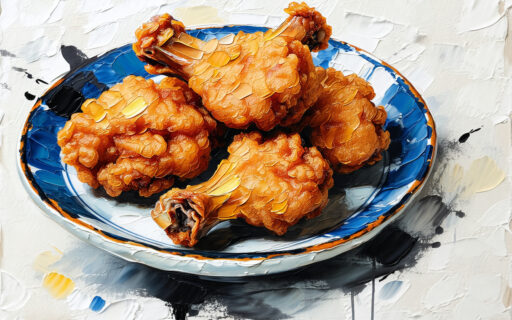
-
カレーパン
Karepan is a Japanese-style fried bread filled with curry. Its crispy crust and spicy filling make it a beloved snack, with specialty shops and even a national Karepan Association.

-
カレーライス
Curry rice is a dish of rice topped with curry. Loved by all ages, from sweet versions for kids to spicy varieties at specialty shops.

-
串団子
Kushi Dango is a traditional Japanese street food featuring rice flour dumplings skewered on bamboo sticks. It comes in various flavors like mitarashi, anko, and kinako, offering a chewy texture and sweet-savory taste. Often seen at festivals and tourist spots.
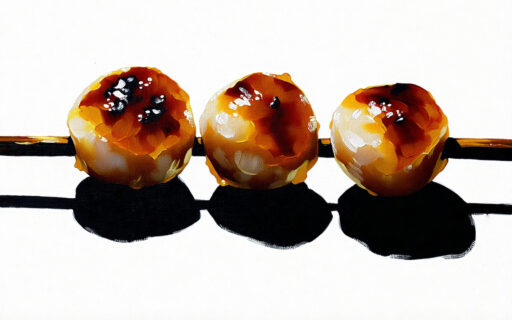
-
串焼き
Kushiyaki refers to the Japanese grilling method of cooking skewered foods over charcoal or a grill. Yakitori is considered a type of kushiyaki, and a variety of ingredients like meat, fish, and vegetables are used.
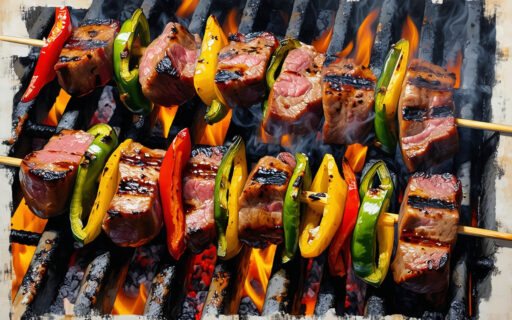
-
黒胡麻アイス
Kurogoma ice cream is made with roasted black sesame, offering a rich, nutty flavor with a Japanese twist. Less sweet and appreciated by adults.
-
黒造り
Kurozukuri is a type of salted squid enhanced with squid ink, known for its rich umami and deep flavor. Often enjoyed with sake.

-
けんちん汁
Kenchin-jiru is a soup made by sautéing root vegetables and tofu in sesame oil before simmering them in broth. Originally a Buddhist vegetarian dish, it avoids meat and fish.
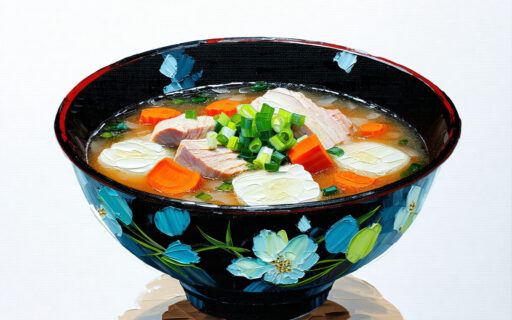
-
コーヒーゼリー
Coffee jelly is a dessert unique to Japan, made by solidifying bitter coffee into jelly form. Unlike sweet jellies overseas, it features a subtle sweetness and mild bitterness. It’s commonly available at convenience stores.

-
刺身
Sashimi is a Japanese method of slicing raw ingredients thinly, typically referring to seafood, but it can also include chicken, konnyaku, or vegetables.

-
讃岐うどん
Sanuki udon is a regional noodle from Kagawa Prefecture, known for its firm and chewy texture. It can be enjoyed in many styles, such as kake, bukkake, zaru, or kama-age.
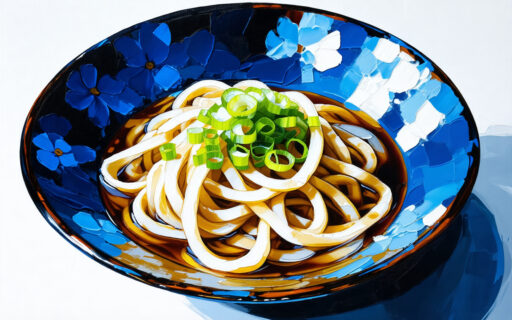
-
しじみ汁
Shijimi-jiru is a miso soup with freshwater clams, offering rich umami. It contains ornithine, known to ease hangovers. Lake Shinji in Shimane and Lake Biwa in Shiga are famous sources.
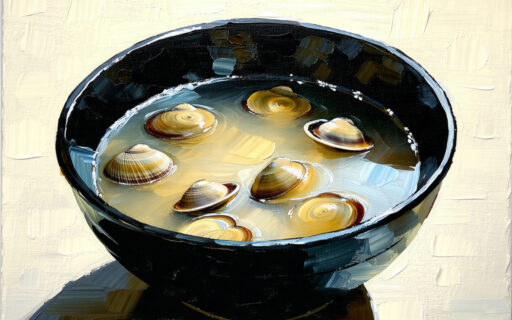
-
しゃぶしゃぶ
Shabu-shabu is a healthy Japanese hot pot where diners cook thin slices of meat and vegetables in hot broth themselves.
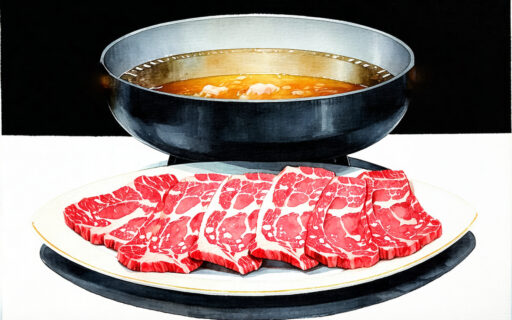
-
酒盗
Shutou is a strongly flavored Japanese delicacy made by fermenting bonito entrails with salt and rice malt. While similar to shiokara, it is less salty and has a richer, more complex umami. It is said to be “so good it makes you steal sake.”
-
焼酎
Shochu is a traditional Japanese distilled spirit, made by distillation like whiskey, unlike sake. It can be enjoyed with hot water, cold water, or on the rocks.

-
すき焼き
Sukiyaki is a Japanese hotpot where beef is simmered in a sweet soy-based broth with vegetables, tofu, and noodles. It is typically dipped in raw egg and enjoyed at gatherings and restaurants.
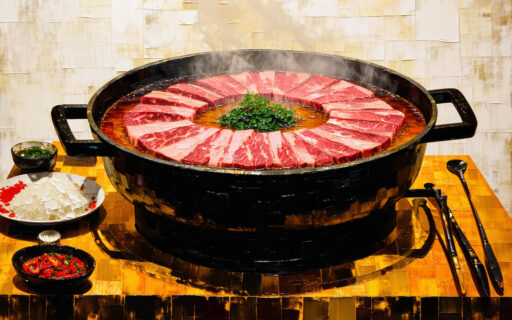
-
蕎麦
Soba is a traditional Japanese noodle made from buckwheat flour. Its delicate aroma and flavor are best enjoyed in simple forms like zaru soba or hot soba. It is also popular as a light closing dish after drinking.
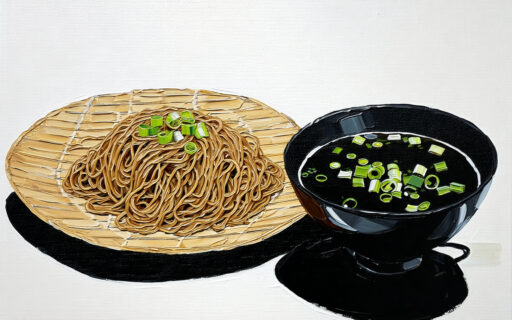
-
大福
Daifuku is a popular Japanese sweet made by wrapping red bean paste in soft mochi. It comes in many variations, such as strawberry daifuku and mame-daifuku.
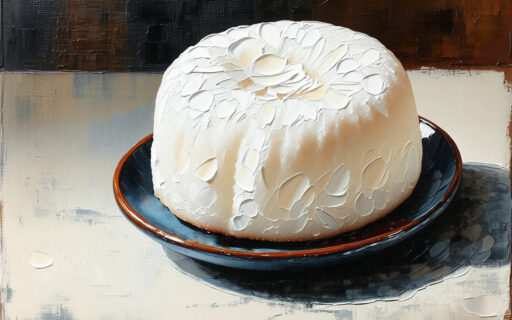
-
炊き込みご飯
A rice dish cooked with ingredients like mushrooms, chicken, and bamboo shoots, allowing the flavors to blend with the rice.
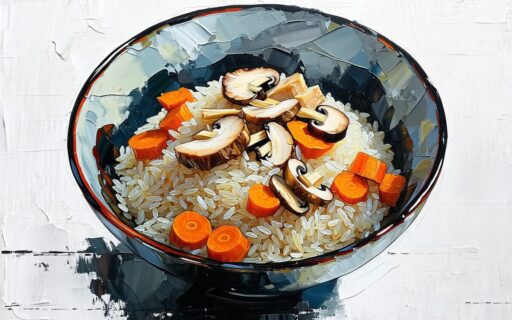
-
筍
A seasonal ingredient in spring, takenoko is a young bamboo shoot known for its tender yet crisp texture. Used in tempura, soups, simmered dishes, and mixed rice.
-
玉子焼き
Tamagoyaki is a traditional Japanese rolled omelette made by folding layers of seasoned egg. Known for its fluffy texture and subtly sweet flavor, it is served in various settings such as sushi restaurants, izakaya bars, bento boxes, street stalls, and even specialty shops. The flavor differs by region—sweeter in eastern Japan, and more savory and dashi-rich in the west.
-
団子
Dango is a traditional Japanese food made from rounded rice flour dough, known for its chewy texture. While “dango” can refer to any round food, it usually means rice flour dumplings, often sold skewered on sticks.
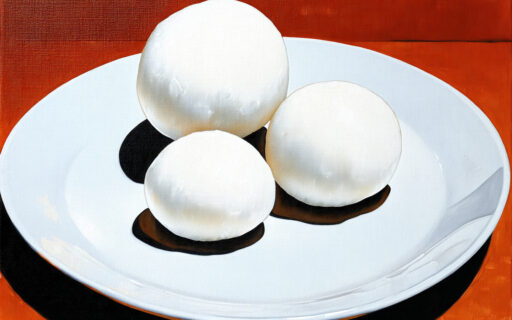
-
ちゃんこ鍋
Chanko Nabe is a hot pot dish made for sumo wrestlers, prepared in sumo stables. There’s no fixed recipe; ingredients and seasonings vary by stable. It’s hearty and nutritious, often including chicken, vegetables, and tofu.
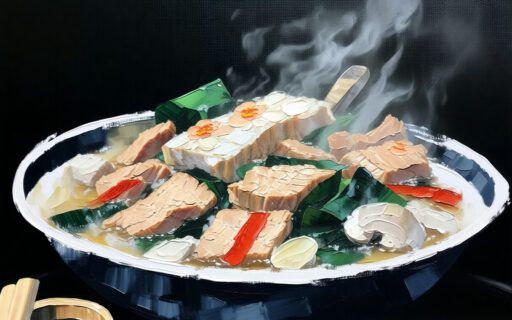
-
ちゃんぽん
A hearty and creamy noodle soup with seafood and pork, distinct from ramen due to its stir-fried ingredients and thick broth.
-
定食
Teishoku is a Japanese set meal including rice, miso soup, a main dish, and side dishes served on separate plates. Options range from grilled fish to sashimi and fried foods. It’s affordable and nutritionally balanced.
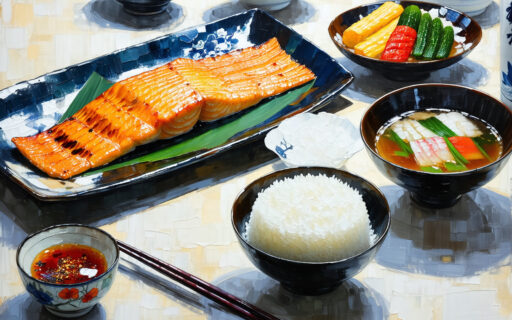
-
鉄板焼き
Teppanyaki is a cooking method where ingredients are grilled on a hot iron plate. It includes dishes like steak and okonomiyaki. At upscale restaurants, wagyu beef and abalone may be served and cooked before your eyes.
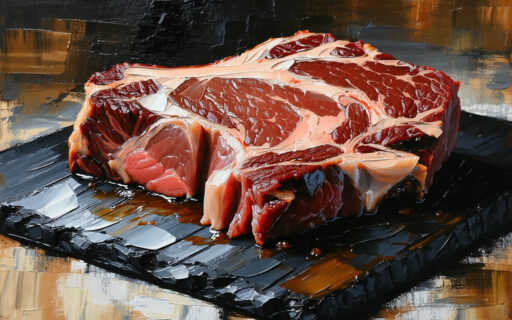
-
豚汁
Tonjiru is a hearty miso soup with pork, commonly enjoyed as a homestyle dish in Japan. Ingredients vary by region and household, including vegetables and konnyaku.
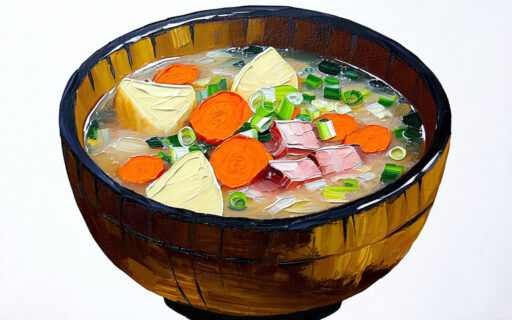
-
納豆
Natto is a traditional Japanese food made from fermented soybeans. It is known for its sticky texture, stringiness, and strong smell. Commonly considered healthy and eaten for breakfast in Japan.
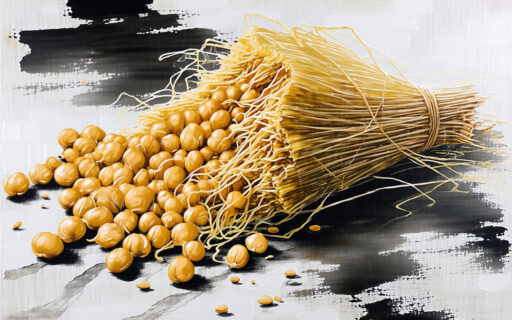
-
濁り酒
Nigorizake is a type of cloudy sake made by filtering sake mash through coarse cloth, leaving rice sediments. It offers rich umami, full-bodied texture, and a fragrant aroma. Shake well before drinking.

-
糠漬け
Nukazuke is a traditional Japanese pickle made by fermenting vegetables like eggplant, cucumber, or daikon in rice bran. Other types of pickles like “asazuke” also exist.

-
ハイボール
A highball is a simple cocktail made by mixing whisky with soda water. In Japan, it is a popular drink that pairs well with food, available at almost all izakayas and even in canned form at convenience stores.

-
冷や汁
Hiyajiru is a local dish from Miyazaki, made by mixing miso with chilled broth and adding cucumber, tofu, and herbs. It is often poured over rice, refreshing in hot summer, and pairs well with drinks.
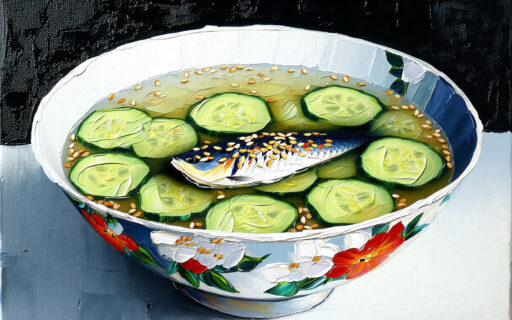
-
冷奴
Hiyayakko is a chilled tofu dish topped with condiments like green onions and ginger. Variations include meat miso. Letting it sit briefly enhances the flavor by reducing excess moisture.
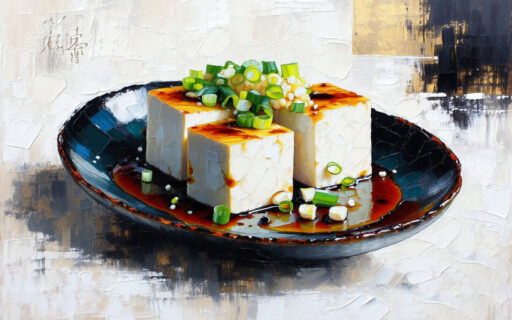
-
河豚
Fugu is a poisonous fish containing tetrodotoxin, especially in its liver and ovaries—said to be 500 times more toxic than cyanide. In Japan, special licenses are required to prepare it.

-
豚の角煮
A dish of pork belly simmered in soy sauce, sugar, and sake until tender. The fat becomes soft and rich, creating a melt-in-the-mouth texture. While little known in the West, it is a beloved dish in Japanese homes and izakaya.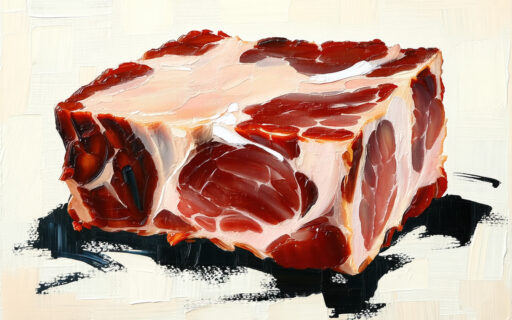
-
ほうとう
Hōtō is a traditional dish from Yamanashi Prefecture, featuring thick flat noodles, pumpkin, and root vegetables simmered in miso broth. Especially comforting on cold days.
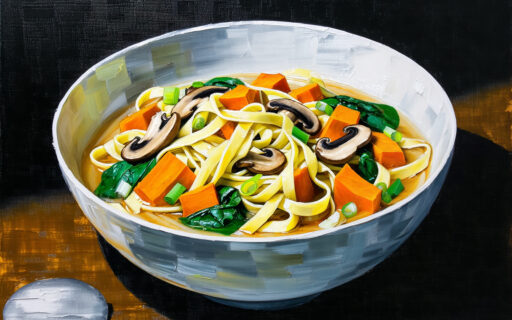
-
ポテサラ
In Japan, “potesara” is a popular abbreviation for potato salad, and it’s a staple on izakaya menus. Made with mashed potatoes mixed with mayonnaise, cucumber, carrot, and sometimes ham, each restaurant often adds its own twist.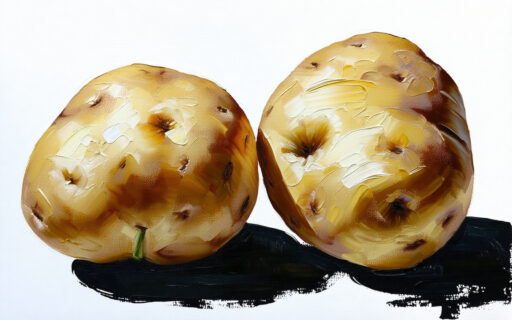
-
水炊き
Mizutaki is a local dish from Fukuoka, made by simmering chicken in plain water to extract natural flavors. Unlike other hot pots, it is not seasoned with soy sauce or salt during cooking.
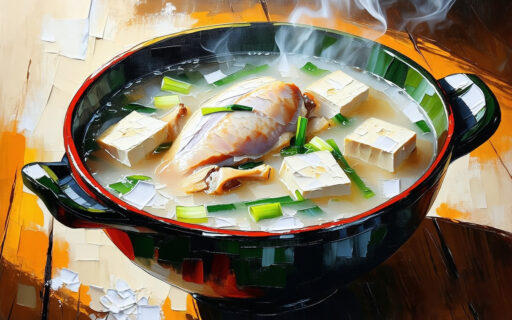
-
味噌汁
Miso soup is made by dissolving miso paste into hot broth. It includes a variety of ingredients like tofu, mushrooms, or spinach.
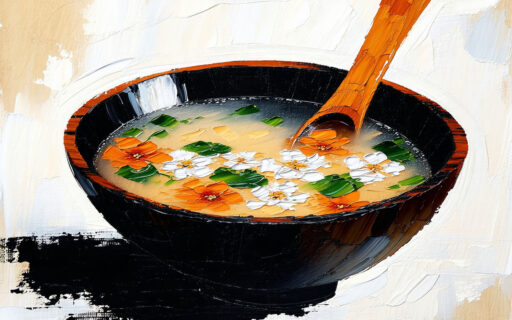
-
明太子
Mentaiko is spicy cod roe seasoned with chili. Its unique spicy flavor makes it a versatile ingredient in dishes like pasta, grilled mentaiko, squid with mentaiko, and rice balls.

-
もつ鍋
Motsunabe is a local dish from Fukuoka, a hot pot of beef or pork offal with vegetables. It is hearty and ends with noodles or rice porridge.
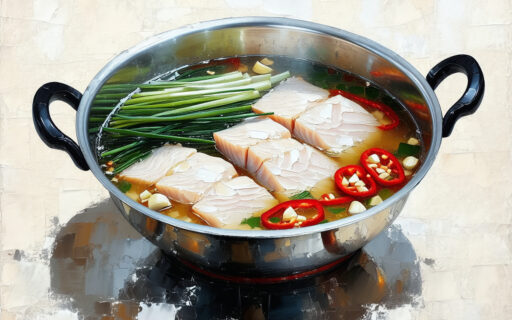
-
もんじゃ焼き
Monjayaki is a pan-fried batter dish from Tokyo’s downtown, different in origin from okonomiyaki. Its unique look may surprise foreigners, but its savory flavor pairs well with drinks.
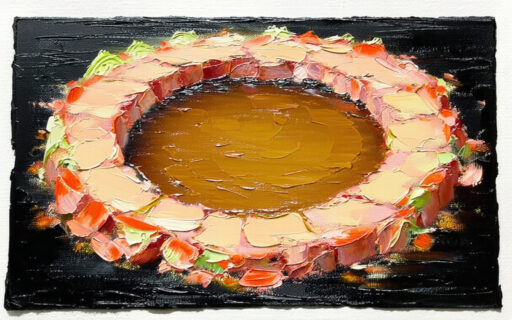
-
焼きおにぎり
Yaki onigiri is a grilled rice ball brushed with soy sauce, resulting in a crispy outside and fluffy inside. It usually contains no filling, allowing the simple flavor and aroma to stand out.

-
焼きそば
Yakisoba is a stir-fried noodle dish using Chinese-style noodles. In eastern Japan, it features rich sauce flavors, while in western Japan, lighter soy-based versions are common. A staple at summer festival stalls.
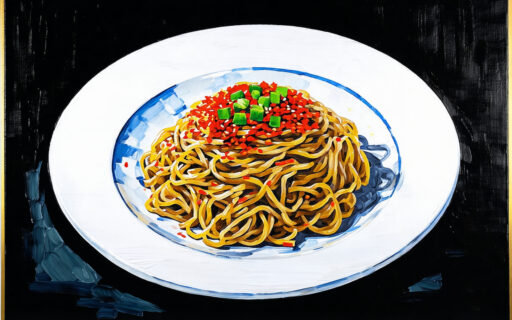
-
やきとり
Yakitori is a classic Japanese dish of skewered chicken grilled over charcoal and seasoned with either salt or sweet soy-based sauce. Each part of the chicken—like thigh, skin, liver, or gizzard—is served under unique names and flavors.

-
ラムネ
Ramune is a Japanese carbonated drink sealed with a glass marble. Its unique opening mechanism and nostalgic look make it a symbol of summer in Japan.
